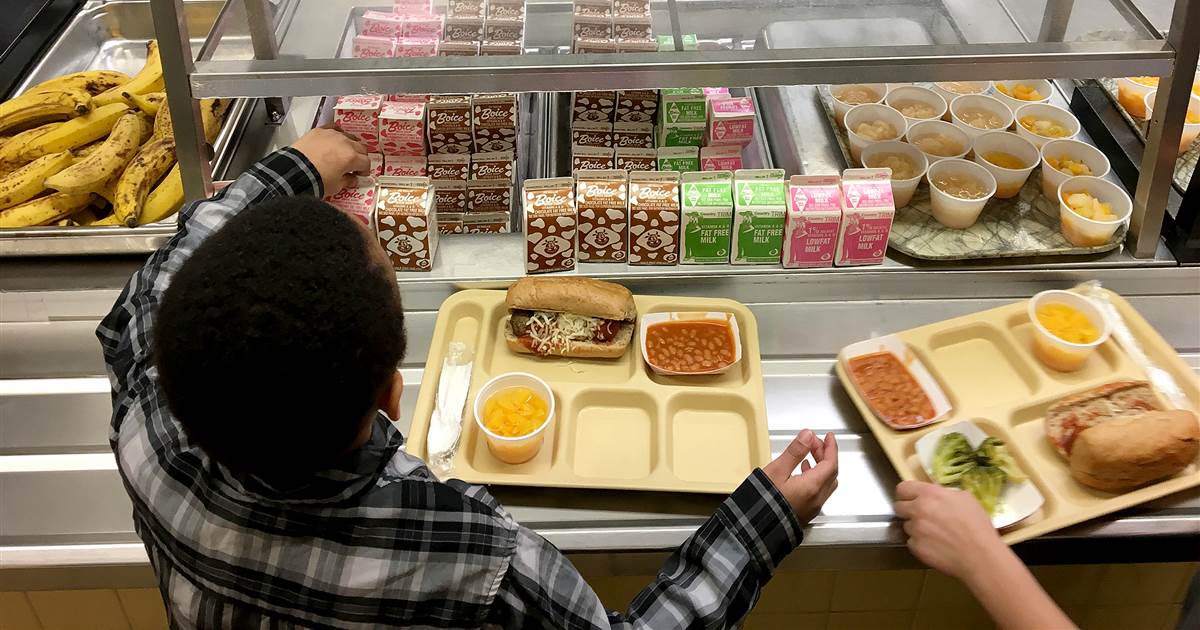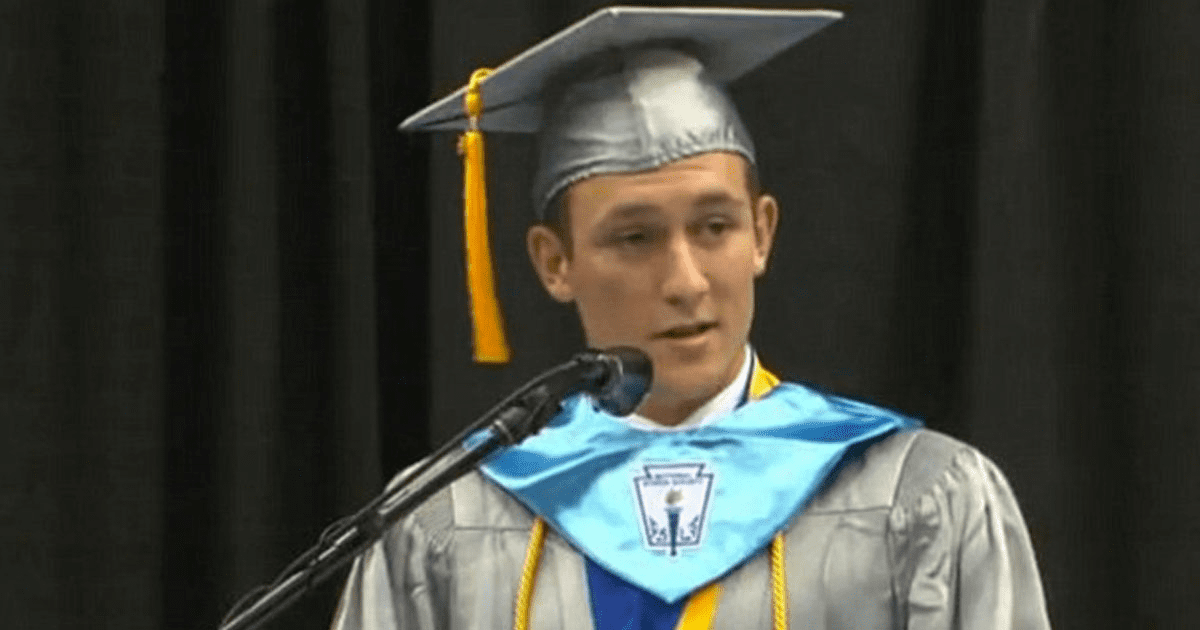A New Jersey school district on Tuesday evening plans to discuss whether to strictly enforce their policy of denying food to students who are more than $20 in lunch debt.
The Cherry Hill School District’s Board of Education has faced pushback since an Aug. 13 meeting at which Assistant Superintendent Lynn Shugars proposed giving tuna sandwiches to students who had a more than $10 in lunch debt and no food to students who had more than $20 debt.
The policy has been on the books since 2017, when the district wiped about $25,000 of students’ lunch debt and allowed everyone to start with a balance of $0, according to district Superintendent Joseph N. Meloche.
The debt has ballooned in two years to $18,000, with more than $14,000 owed by 343 students who owe more than $10.
Cherry Hill School District has about 11,000 students across 19 schools. While 6.2 percent of the township is considered in poverty, according to Census data, nearly 20 percent of the students in the district are considered “economically disadvantaged,” according to New Jersey’s Department of Education.
Shugars said the district chose a tuna sandwich for children with more than $10 in debt “because we know that our little ones would probably very happily eat peanut butter and jelly sandwiches until the end of time,” and giving the PB&Js out for lunch would not encourage debt payments. Also, peanut allergies are becoming more prevalent.
“If we don’t adhere to our policy, we’re going to be perpetually, I feel, chasing after this problem,” Shugars said.
When she told the board that she believes students with debt more than $20 should not be fed, one person at the meeting noted that a student could accumulate that debt in a week, and asked if the threshold was too low.
Another said the policy might be too severe and said he anticipated “backlash.”
Backlash indeed followed. “Cutting off kids’ lunches? Ridiculous. Unacceptable. Will get to the bottom of this to make sure it doesn’t happen. We are a community that’s better and smarter than this!” Cherry Hill Township Council President David Fleisher wrote on Facebook.
Meloche wrote in subsequent statements that the district is required to send two letters to parents if their child owes lunch money. They have 10 school days to respond before the second letter is sent and seven days to respond to the second letter before the student faces repercussions.
“The letter encourages parents to reach out to the district to discuss payment options and explains how they can sign up for the free and reduced-price lunch program,” Meloche wrote. School principals and guidance counselors also call the homes of students who owe to check in with the families.
“On a case-by-case basis, delinquencies have been forgiven for families who do not qualify for free and reduced-price lunch, but who are facing hardships nonetheless,” Meloche said. The district also sends children in need home with backpacks of food on Fridays.
The district is not interested in denying food to children who are unable to pay for their lunch, Meloche said.
But some families don’t respond to calls and letters concerning the debt, and Meloche says others who don’t face hardships “have no intention of paying their bill at all.”
Shugars told the board that one school official was told by a parent “that she could shove the lunch balance where the sun doesn’t shine.” Others blame the schools for not regulating what their kids are putting on their trays, and what they’re charging.
Students have not been denied food and will not be denied food when they return to school in September, Meloche said.
Still, the district does not believe wiping the debt again is a solution.
“Simply erasing the debt does not address the many families with financial means who have just chosen not to pay what is owed,” Meloche said. “The district and the Board of Education now are faced with how to proceed,” and options for dealing with the debt problem will continue to be discussed Tuesday night.



